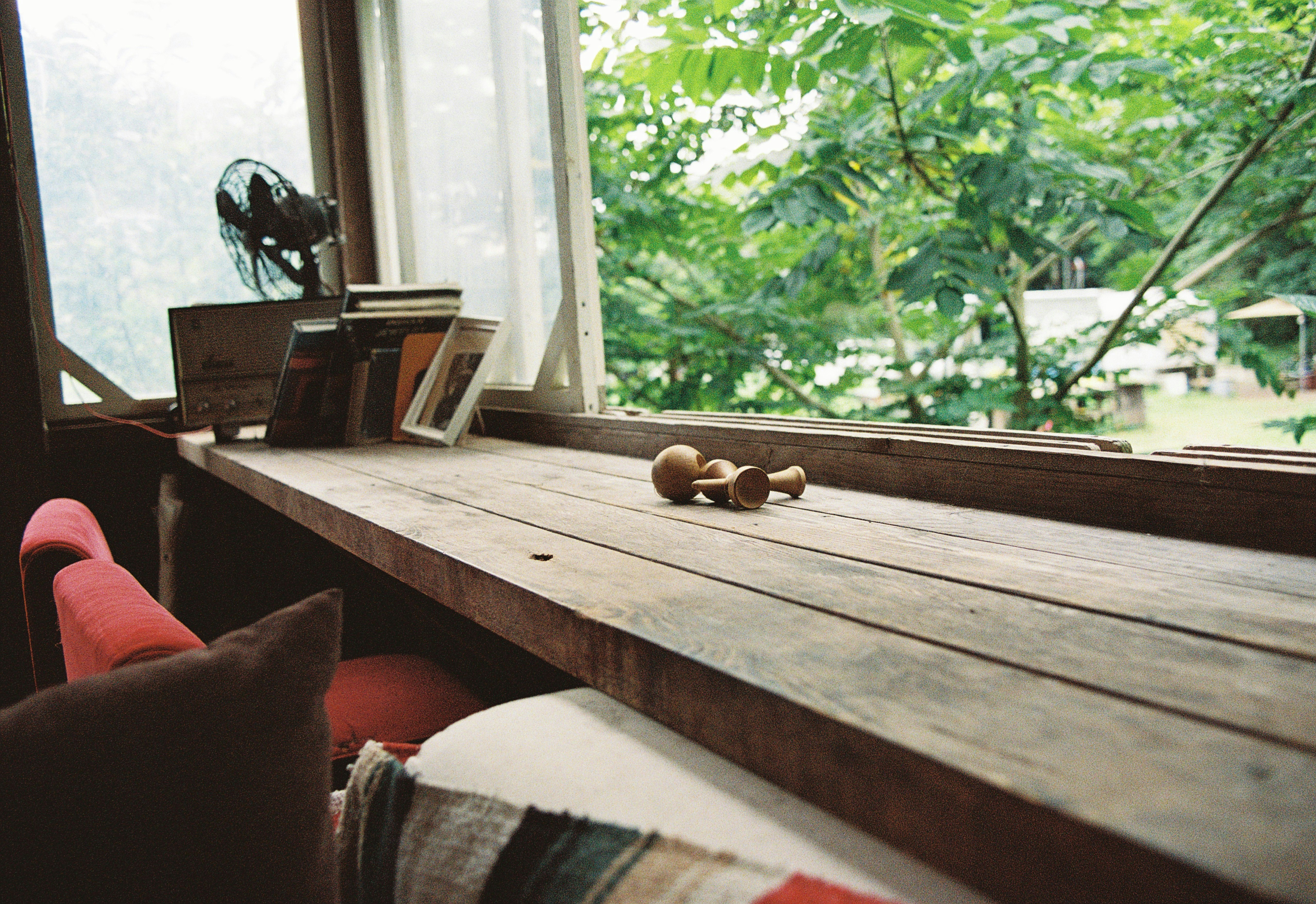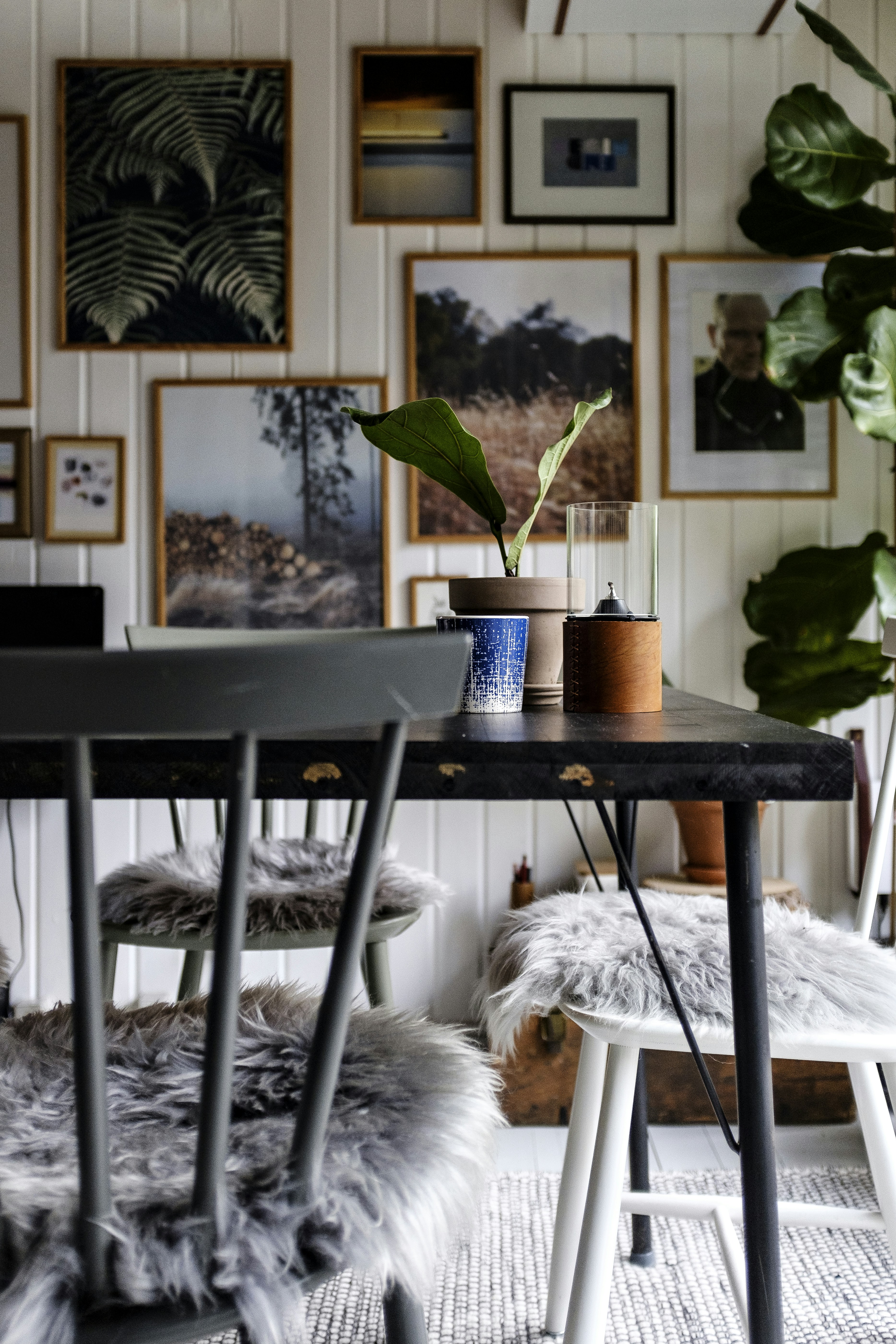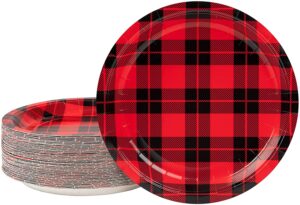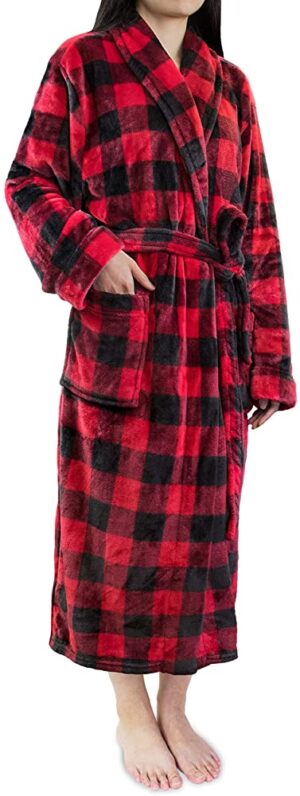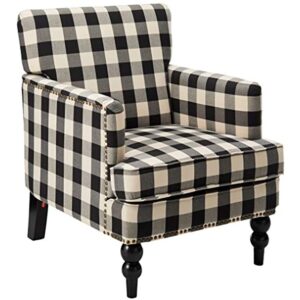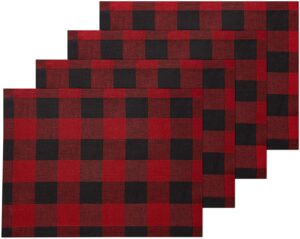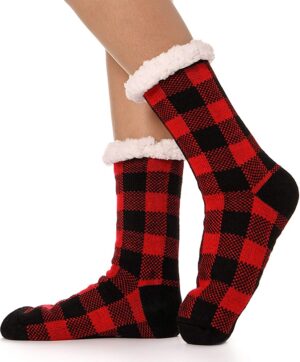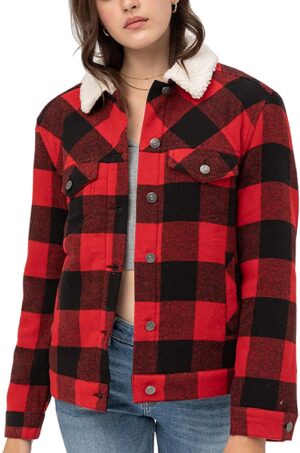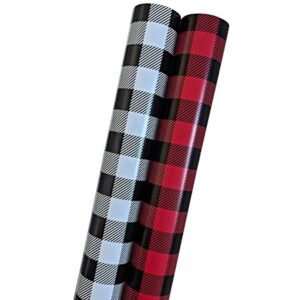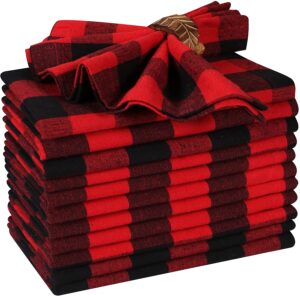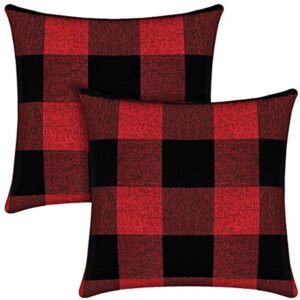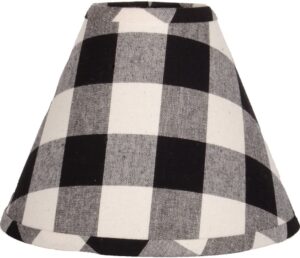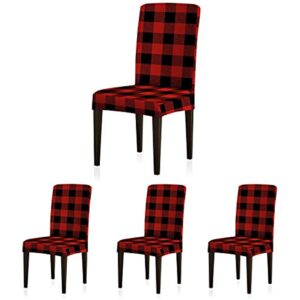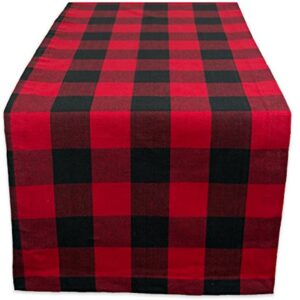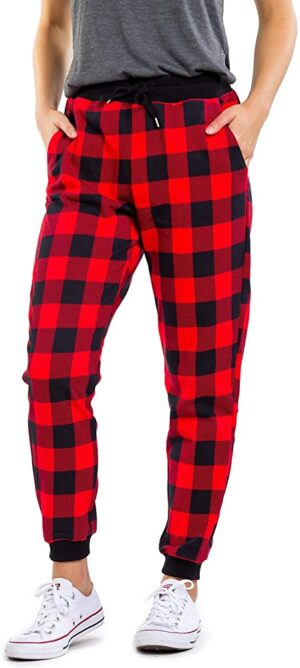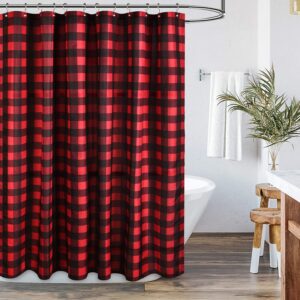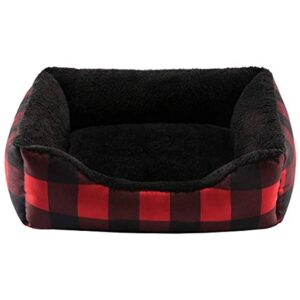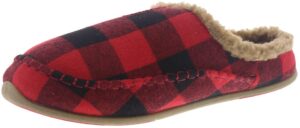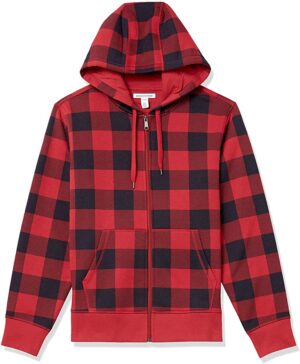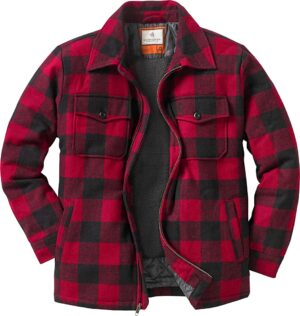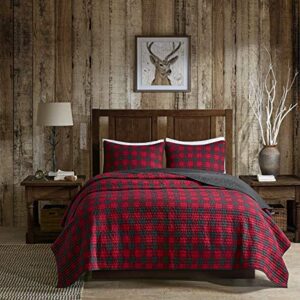If you’re looking to give your dining chairs a comfortable and stylish makeover, making your own chair cushions is a simple and budget-friendly solution. In just a few easy steps, you can create custom cushions that perfectly fit your chairs and match your existing décor. Whether you’re a seasoned crafter or new to DIY projects, this article will guide you through the process of making dining chair cushions from start to finish. So grab your materials and let’s get started on this fun and satisfying project!
Conclusion: Now that you’ve learned how to make dining chair cushions, you have the power to transform your dining area into a cozy and inviting space. By following these steps, you can create cushions that not only provide comfort but also reflect your personal style. So gather your favorite fabric, foam, and tools, and let your creativity shine through as you make beautiful and functional cushions for your dining chairs. Enjoy your enhanced dining experience!
Understanding the Basics
Why opt for DIY dining chair cushions?
When it comes to dining chair cushions, you may be wondering why you should opt for the DIY route instead of purchasing pre-made cushions. Well, there are a few benefits to making your own cushions. First and foremost, DIY cushions allow you to personalize and customize them to your liking. You can choose the fabric, padding, and design that suits your taste and complements your dining room décor. Additionally, making your own cushions can be a cost-effective option compared to buying ready-made ones. It allows you to control the quality of materials used and ensure a perfect fit for your chairs. So, why not give it a try and unleash your creativity by crafting your own dining chair cushions?
Types of dining chair cushions
Before you dive into making your own dining chair cushions, it’s important to understand the different types available. The two most common types of dining chair cushions are tufted cushions and non-tufted cushions. Tufted cushions feature buttons or ties that secure the cushion to the chair, giving it a traditional and elegant look. On the other hand, non-tufted cushions are simple, seamless, and often secured using ties or Velcro. Both types have their own charm, so consider the style you prefer and the overall aesthetic of your dining room before choosing the type of cushion you want to create.
Understanding your chair’s design
In order to create dining chair cushions that fit perfectly, it’s essential to have a good understanding of your chair’s design. Take a close look at the shape and dimensions of your chair to determine the size and shape of the cushions you need to make. Pay attention to any curves, angles, or armrests that might affect the fit of the cushions. Measure the seating area accurately to ensure a comfortable and snug fit. By familiarizing yourself with your chair’s design, you’ll be better equipped to create cushions that not only look great but also provide optimal comfort for you and your guests.
Materials Needed
Choosing the right fabric
When it comes to choosing the fabric for your dining chair cushions, there are a few key factors to consider. First and foremost, durability is important, as dining chairs often see a lot of use. Opt for fabrics that are stain-resistant and easy to clean, as spills are bound to happen. Additionally, consider the style and color of your dining room. Choose a fabric that complements the overall aesthetic and enhances the ambiance of the space. Cotton, linen, and polyester blends are popular choices for dining chair cushions due to their durability and versatility.
Determining the type of padding
The type of padding you choose for your dining chair cushions can greatly impact their comfort and durability. There are various types of padding available, such as foam, polyester fiberfill, and down alternative. Foam is a popular choice as it provides excellent support and retains its shape over time. Polyester fiberfill offers a plush and soft feel, while down alternative provides a luxurious and cozy cushioning. Consider your personal preference and the level of comfort you desire when selecting the padding for your cushions.
Essential tools for the process
To successfully create your own dining chair cushions, there are a few essential tools you’ll need. Firstly, you’ll need a sewing machine to stitch the fabric pieces together. Make sure your sewing machine is in good working condition before starting the project. You’ll also need scissors for cutting the fabric, pins for securing the pieces, a measuring tape for taking accurate measurements, and a marking tool to mark the measurements on the fabric. Additionally, having an iron and ironing board on hand is important for preparing the fabric before sewing. With these basic tools, you’ll be well-equipped to embark on your DIY cushion-making journey.
Taking Accurate Measurements
Measuring the seating area
Taking accurate measurements of the seating area is crucial to ensure that your dining chair cushions fit perfectly. Start by measuring the depth and width of the seating area. Use a measuring tape to measure from the backrest to the front edge of the chair for the depth, and from one side of the seat to the other for the width. Write down these measurements to refer to later when cutting the fabric. It’s always a good idea to double-check your measurements to avoid any errors that could result in ill-fitting cushions.
Calculating padding thickness
Determining the right thickness of the padding is important for achieving optimal comfort in your dining chair cushions. Take into consideration your personal preference and the overall design of your chair. If you prefer a firmer cushion or have a chair with little padding, you may want to opt for a thicker padding material. On the other hand, if you prefer a softer and more plush cushion, a thinner padding material may be more suitable. Experiment with different thicknesses to find the perfect balance of comfort and support for your dining chair cushions.
Adding the seam allowance
To ensure that your fabric pieces fit together properly when sewing, it’s essential to add a seam allowance to your measurements. A seam allowance is the extra space between the edge of the fabric and the stitched seam. It allows for easier sewing and prevents the fabric from fraying. A standard seam allowance is usually around 1/2 inch, but you can adjust it according to your sewing preferences. When marking your measurements on the fabric, be sure to account for the seam allowance on all sides of each piece. This will ensure that your final cushions are the correct size and have clean, finished edges.
Preparation Before Sewing
Washing and drying the fabric
Before you start sewing your dining chair cushions, it’s important to wash and dry the fabric beforehand. This step is crucial to remove any dirt, dust, or chemicals that may be present on the fabric. Follow the manufacturer’s instructions for washing and drying the fabric, taking into consideration any special care requirements. By washing the fabric, you’ll ensure that your cushions are clean and free from any potential irritants that could cause discomfort or stains.
Ironing the fabric for ease of cutting
After washing and drying the fabric, it’s a good idea to iron it before cutting the pieces. Ironing will remove any wrinkles or creases, making it easier to work with the fabric. It will also ensure that the fabric lays flat and is smooth, resulting in more accurate cutting and sewing. Set the iron to the appropriate temperature for the fabric you’re using and gently run it over the fabric, taking care not to apply too much pressure. Ironing the fabric before cutting will ultimately make the entire process smoother and more enjoyable.
Marking the measurements on the fabric
Once your fabric is washed and ironed, it’s time to mark the measurements on the fabric. Use a ruler or measuring tape to ensure accuracy. Start by marking the dimensions of the seating area, taking into account the seam allowance on all sides. Use a fabric marking tool or a pencil to make visible marks that will guide you when cutting the fabric. It’s important to mark each piece accurately and clearly, as any errors could result in ill-fitting cushions. Take your time during this step to ensure precision and accuracy in your measurements.

Cutting the Fabric
Safety precautions while cutting fabric
Before you start cutting the fabric, it’s important to take some safety precautions. Ensure that your cutting surface is stable and secure to prevent any accidents. Keep any sharp tools, such as scissors or rotary cutters, out of the reach of children or pets. When cutting the fabric, always position your fingers away from the cutting line to avoid any accidental injuries. Take your time and work slowly, especially if you’re new to fabric cutting. By following these safety precautions, you can enjoy a safe and stress-free cutting process.
Ensuring clean and even edges
Achieving clean and even edges on your fabric pieces is crucial for a professional-looking finish. To do this, make sure your scissors are sharp and suitable for cutting fabric. Start by aligning the edges of the fabric, using the marked measurements as a guide. Hold the fabric firmly in place and cut slowly and smoothly along the marked lines. Take care to follow the lines accurately to avoid any uneven or jagged edges. If necessary, you can use a ruler or straight edge as a guide to ensure precise cutting.
Cutting process
With your safety precautions in place and your fabric properly marked, it’s time to start cutting the pieces for your dining chair cushions. Begin by cutting the main fabric pieces according to the dimensions of the seating area, including the seam allowance. Use a ruler or measuring tape and follow the marked lines to ensure accuracy. Once the main pieces are cut, proceed to cut any additional pieces required for the cushion design, such as ties or trimmings. Take your time and work carefully to ensure that each piece is cut accurately and cleanly.
Sewing the Fabric Pieces Together
Understanding the sewing process
Sewing the fabric pieces together is a crucial step in creating your dining chair cushions. If you’re new to sewing, it’s important to familiarize yourself with the basics of using a sewing machine. Read the instruction manual for your sewing machine and practice sewing on scrap fabric before starting on your cushions. This will help you gain confidence and ensure better results. Understanding the sewing process involves threading the machine, adjusting the stitch length and tension, and guiding the fabric through the machine with steady and even pressure. With practice and patience, you’ll become comfortable with the sewing process in no time.
Creating a seam
Creating a seam is the foundation of sewing the fabric pieces together for your dining chair cushions. Begin by aligning the edges of the fabric pieces, right sides together. Pin or clip the pieces together to secure them during sewing. Start sewing at one end of the fabric, using the desired stitch length and tension. Sew along the edge, removing the pins or clips as you go. Backstitch at the beginning and end of the seam to secure it and prevent unraveling. Repeat this process for all the fabric pieces until your cushion cover is complete. Take your time and sew slowly to ensure accurate stitching and a sturdy seam.
Adding the padding material
Once the fabric pieces are sewn together, it’s time to add the padding material to your dining chair cushions. Start by placing the cushion cover right side out. If using foam or polyester fiberfill, carefully insert the padding through the opening or seam of the cushion cover. Ensure that the padding is evenly distributed and fills the cushion cover completely. If using a down alternative, follow the manufacturer’s instructions for inserting the filling into the cushion cover. Continue filling until the desired level of comfort and support is achieved. Once the cushion is fully stuffed, carefully close the opening or seam using a hand stitch or sewing machine. Take care to ensure that the seam is securely closed to prevent any stuffing from escaping.

Stuffing the Cushion
Choosing the right stuffing
Choosing the right stuffing for your dining chair cushions is essential for achieving the desired level of comfort and support. Foam is a popular choice as it provides firmness and retains its shape over time. Polyester fiberfill offers a soft and plush feel, perfect for creating a cozy cushion. Down alternative provides a luxurious and lightweight cushioning. Consider your personal preferences, as well as the level of support and comfort you desire when selecting the stuffing for your cushions. Experiment with different types of stuffing to find the perfect option for your needs.
Determining the amount of stuffing
The amount of stuffing you’ll need for your dining chair cushion depends on the desired level of firmness and thickness. As a general guideline, aim to fill the cushion cover to about 80-90% full. This will ensure a comfortable and supportive cushion without it feeling too firm or overstuffed. Start by adding small amounts of stuffing at a time and distribute it evenly throughout the cushion. Gradually add more stuffing until the desired level is reached. If you’re unsure, it’s always better to start with less stuffing and add more if needed.
Placing the stuffing evenly
To achieve a uniformly plush and comfortable dining chair cushion, it’s important to place the stuffing evenly within the cushion cover. Start by inserting small amounts of stuffing at a time and distribute it evenly by gently pushing and adjusting the filling. Pay attention to the corners and edges, ensuring that they are adequately filled. Use your hands to smooth out any lumps or bulges for a more uniform appearance. Take your time during this step to ensure that the stuffing is evenly distributed and that there are no areas that feel overstuffed or underfilled.
Finalizing the Cushion
Finishing the sewing process
After the cushion is stuffed, it’s important to finish the sewing process by closing the opening or seam. If you used a hand stitch to close the opening, make sure it is secure and well-hidden within the seam. If you used a sewing machine, stitch the opening closed using a straight stitch or an invisible stitch. Take care to match the thread color to the fabric for a seamless finish. Double-check that the seam is secure and give it a gentle tug to ensure that it’s tightly closed. By finishing the sewing process properly, you’ll have a professional-looking dining chair cushion that is built to last.
Quality checking the seams and stuffing
Before considering your dining chair cushions complete, it’s important to perform a quality check to ensure that everything is in order. Inspect the seams carefully to ensure that they are securely stitched and free from any loose threads. Give the seams a gentle tug to test their strength and durability. Next, check the overall appearance and feel of the cushion. Ensure that the stuffing is evenly distributed and that there are no lumps or uneven areas. Smooth out any imperfections and make any necessary adjustments before proceeding to fit the cushion onto your chair.
Tips for an aesthetically pleasing finish
To achieve an aesthetically pleasing finish for your dining chair cushions, consider a few tips and tricks. First, choose a thread color that blends seamlessly with the fabric to create a cohesive look. If desired, add decorative elements such as piping, trims, or buttons to enhance the overall appearance of the cushions. Additionally, think about incorporating patterns or textures that complement your dining room décor. By paying attention to these small details, you can elevate the look of your cushions and create a cohesive and visually appealing dining space.

Fitting the Cushion onto the Chair
Attaching the cushion
Attaching the cushion securely to the chair is essential for ensuring a comfortable and safe seating experience. Depending on the design of your dining chair, there are a few methods you can use to attach the cushion. One common method is to use fabric ties that can be securely fastened around the chair back or legs. Another option is to use Velcro strips, which can be attached to both the cushion and the chair for a secure hold. Regardless of the method you choose, make sure the cushion is fastened snugly and securely to prevent any slipping or sliding during use.
Using ties or Velcro
When using fabric ties to attach the cushion, make sure they are securely sewn or attached to the cushion cover. Measure and cut the ties to the desired length, depending on the style and design of your dining chair. Attach one end of each tie to the cushion cover, making sure they are evenly spaced and symmetrical. Use a strong and durable thread to sew the ties securely. When using Velcro strips, sew one side of the Velcro onto the cushion cover and the corresponding side onto the chair for a secure and adjustable attachment. Whichever method you choose, ensure that the cushion is held firmly in place for a comfortable and stable seating experience.
Ensuring a snug fit
To ensure a snug fit for your dining chair cushions, it’s important to take into consideration the dimensions of both the chair and the cushions. Measure the chair carefully to determine the appropriate size for the cushions. Take into account any curves, angles, or armrests that may affect the fit. Double-check that the cushions are the correct size and shape before attaching them to the chair. When securing the cushions, make sure they fit tightly and evenly onto the chair to prevent any shifting or movement. A snug fit will not only provide optimal comfort but also enhance the overall appearance and functionality of your dining chairs.
Conclusion
Reflection on the process of making dining chair cushions
Congratulations! You’ve successfully learned how to make dining chair cushions from scratch. Throughout this comprehensive guide, we’ve covered the basics of DIY cushions, including the benefits of making your own, the different types of cushions, and understanding your chair’s design. We then explored the materials needed, taking accurate measurements, and the importance of preparation before sewing. We delved into cutting the fabric, sewing the pieces together, stuffing the cushions, and finalizing the sewing process. Lastly, we discussed fitting the cushions onto the chair and shared tips for achieving an aesthetically pleasing finish.
As you reflect on the process of making dining chair cushions, you might feel a sense of accomplishment and pride in creating something unique for your home. DIY cushions allow you to express your creativity and personalize your dining space. Not only are they a budget-friendly option, but they also provide a perfect fit and superior comfort. By following the steps outlined in this article, you can create cushions that not only enhance the aesthetics of your dining room but also offer a cozy and enjoyable dining experience for you and your guests.
Benefits of DIY chair cushions
Opting for DIY chair cushions offers a range of benefits that make the process worthwhile. First and foremost, DIY cushions allow for complete customization. You have the freedom to choose the fabric, padding, and design that align with your personal style and preferences. This level of personalization ensures that the cushions complement your dining room décor seamlessly. Additionally, DIY cushions can be a cost-effective choice compared to purchasing ready-made cushions. You have control over the quality of materials used and can prioritize durability and comfort without breaking the bank. Moreover, creating your own cushions allows you to learn new sewing skills and engage in a fulfilling and creative project. The sense of accomplishment and pride that comes with completing a DIY project is truly rewarding. So, why not embark on the journey of making your own dining chair cushions and reap the benefits that come with it?

